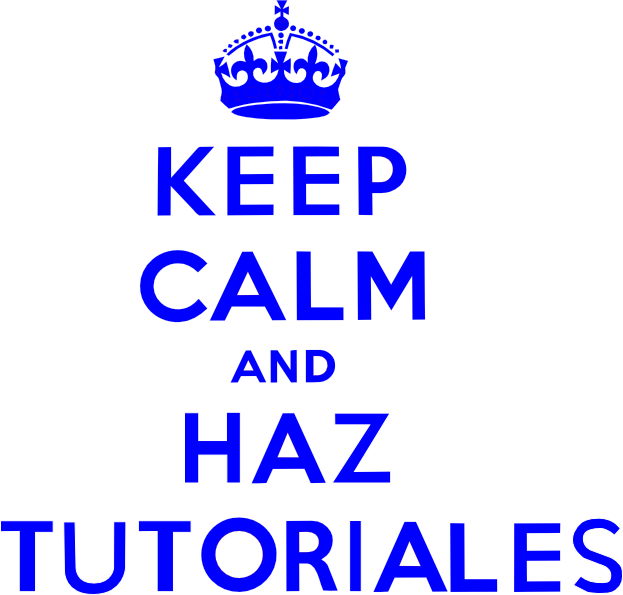

To create the illusion of bent wire or tubing, specific corners were filleted with values either equal to, or half of, the width of the rectangles. In the example shown below, an optical illusion is created by rounding one or more corners of a carefully placed series of rectangles.

The filleted corner is a common design effect. The filleted corner effect applies uniform and concentric roundness around a point at a specific radius, enabling you to convert a sharp corner to a rounded corner. Let's take a look at a few more practical examples and explore how these different effects can be applied in other common tasks. The overlapping illusion was created by using carefully placed white rectangles. Then, fillet and scallop commands were applied to specific corners (shown below). The outline was thickened and converted to an object. In this optical illusion of an intertwining and overlapping path, a series of rectangular shapes were used as the framework for a continuous closed-outline object. These time-saving shortcuts will enable you to create a variety of complex effects for object corners, such as the one shown below. You can now instantly apply fillet, scallop, and chamfer shaping commands to create curved, reverse-curved, or beveled effects at specified distances across an entire path or at the node level.
Bevel vector in coreldraw tutorial manual#
The three new shaping commands available since CorelDRAW X3 enable you to apply corner effects to vector paths, eliminating what would otherwise be a time-consuming manual operation. The applications and features described in this tutorial require CorelDRAW Graphics Suite X3 or newer to be installed. Powerful CorelDRAW Shaping Commands for Corner Effects


 0 kommentar(er)
0 kommentar(er)
